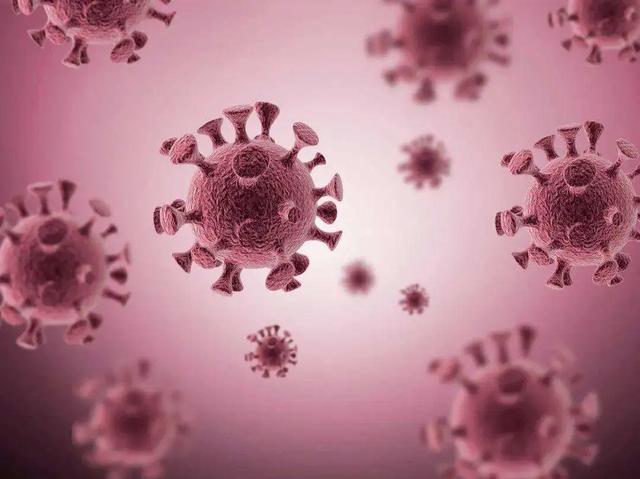
On the evening of 31 December 2020 (local time), WHO officially notified the four major novel Coronavirus variants since their emergence.
Between late January and early February 2020, the D614G mutation in the Novel Coronavirus virus emerged and subsequently gradually replaced the original detected strain. By June 2020, this variant became the dominant novel Coronavirus type of transmission worldwide. Studies have shown that the variant is more infectious and transmissible than the original strain, but does not cause more severe disease or affect the effectiveness of existing diagnostics, treatments, vaccines and public health measures.
In August and September 2020, a novel Coronavirus variant associated with minks, named “Cluster 5” by the Danish authorities, was detected in Denmark with a previously unobserved variant. The concern is that the variant may reduce the extent and duration of immune protection from natural infection or vaccination, according to preliminary studies conducted in Denmark, which are still being evaluated. There have been only 12 human cases of this variant in Denmark in September, and it does not appear to be widespread.
On 14 December 2020, a Novel Coronavirus variant, named VOC 202012/01, was reported to WHO in the UK, initially appearing in south-east England. Preliminary epidemiological studies showed that the variant was more transmissible, but disease severity (as measured by length of hospital stay and 28-day mortality) and reinfection rates did not change, and most diagnostic tools were unaffected. As of 30 December, this variant has been detected in 31 other countries and territories in five of the six WHO regions.
On 18 December 2020, a Novel Coronavirus variant with the N501Y mutation, named the 501Y.V2 variant, was detected in South Africa and is spreading rapidly in three provinces of South Africa. Although the Novel Coronavirus variant previously detected in the UK also had the N501Y mutation, the analysis showed that it was a different variant from the Novel Coronavirus variant found in South Africa. In the week following 16 November, the South African Health Department found in routine genetic sequencing that this variant had largely replaced other Novel Coronavirus transmissions in the Eastern Cape, Western Cape and KwaZulu-Natal provinces. Preliminary studies suggest that the variant is associated with a higher viral load and may increase infectivity, but there is no evidence that it causes more severe disease. Further investigation is needed to understand the impact of the variant on transmission, diagnosis, vaccines, etc. As of December 30, the variant had been identified in four countries outside South Africa.
Epidemiological and virological investigations are under way in countries affected by the novel Coronavirus variant to understand its prevalence, and genetic data on the Novel Coronavirus variant found in the United Kingdom and South Africa have also been shared, WHO said. Who also noted that all viruses, including the Novel Coronavirus, change over time and that most of the mutations do not cause the virus to become more infectious, and sometimes even limit its transmission. As the frequency of infection increases in humans and animals, so does the likelihood that the virus will mutate.
Who also stresses that, although preliminary assessments indicate that the Novel Coronavirus variant found in the UK and South Africa does not increase the severity of the disease, it is likely to lead to higher morbidity, hospitalizations and deaths, and that stricter public health measures are needed to control the spread of these new strains. Who also recommends that countries increase routine genetic sequencing of novel Coronavirus to better understand transmission and monitor for variants.





